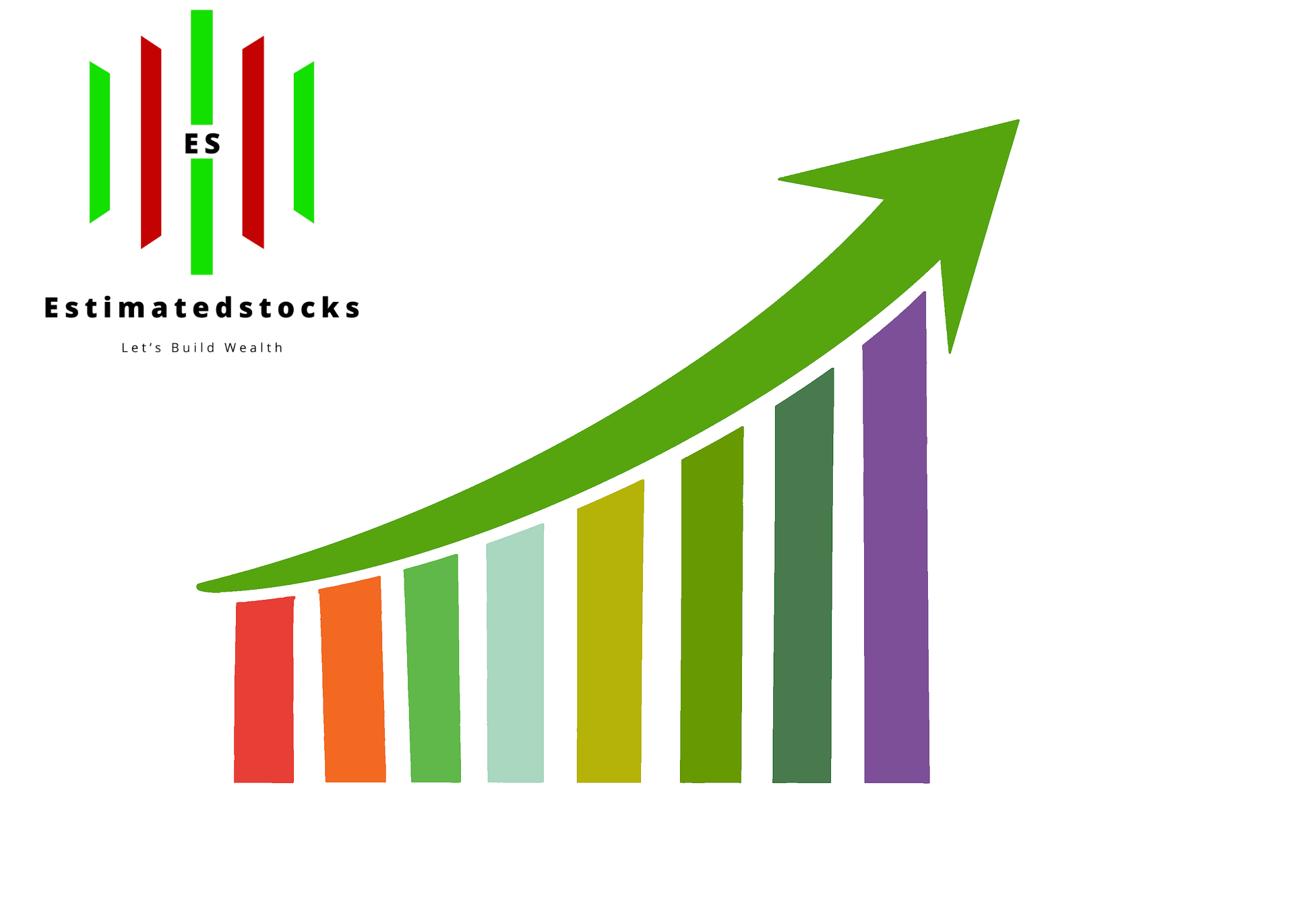U.S. payroll data, Middle East tensions, China's stock rally, and oil market volatility are shaping global markets, offering both opportunities and uncertainties for investors.
Global Market Overview: Payrolls, Geopolitics, and Investor Sentiment
The global financial landscape is constantly shifting, influenced by key economic reports, geopolitical tensions, and market reactions to both domestic and international developments. As investors await the latest U.S. payroll data, market participants are closely watching movements in oil prices, regional conflicts, and economic signals from China. These elements combine to shape the direction of stock markets worldwide, highlighting both opportunities and risks.
U.S. Payroll Data: Market Anticipates Clues from Federal Reserve
One of the most significant factors currently weighing on investor sentiment is the upcoming U.S. payroll report. This data release is expected to provide insight into the labor market and, by extension, the Federal Reserve's future monetary policy decisions. Economic analysts are forecasting a slight increase in hiring for the month of September, with the unemployment rate likely holding steady at 4.2%.
The job market has become a focal point for monetary policymakers, as changes in employment rates and labor demand have direct implications for inflation and interest rates. Earlier in the year, a slowdown in hiring and an uptick in unemployment prompted the Federal Reserve to implement a substantial rate cut. This marked a shift from its more hawkish stance, aiming to provide support to the economy.
Federal Reserve Chair Jerome Powell recently emphasized the importance of maintaining stability in the labor market, indicating that further deterioration could hinder the central bank’s plans for economic support. Chicago Fed President Austan Goolsbee reinforced this sentiment, suggesting that interest rates may need to come down further to sustain economic momentum. A healthy labor market, balanced against inflationary pressures, is key to the Fed’s strategy.
Middle East Tensions: Uncertainty in Oil and Global Energy Markets
While the payroll data captures attention domestically, global markets are also dealing with uncertainty stemming from heightened geopolitical tensions in the Middle East. A surge in oil prices earlier in the week was driven by fears of potential supply disruptions due to escalating conflict in the region. These concerns were heightened by Israel’s military actions targeting Hezbollah in Lebanon, raising the prospect of a broader regional conflict.
The possibility of an Israeli strike on Iranian oil facilities has raised alarms among traders and analysts. Iran, a key player in global oil markets, could retaliate in a way that disrupts oil shipments, which would have significant ramifications for the global energy supply. Although the initial spike in crude prices has eased, concerns linger about how further developments in the Middle East could impact the broader market.
In response to these uncertainties, gold prices have been on the rise, with many investors seeking refuge in safe-haven assets. Additionally, the value of the U.S. dollar has remained relatively stable, with little change observed in recent trading sessions. This indicates that investors are still navigating a landscape filled with risks, balancing opportunities against the potential for further geopolitical disruptions.
China’s Stock Market: A Rally or a Short-Lived Bounce?
Another major factor influencing global markets is the situation in China, where the country’s stock market has recently seen a strong rally. Billions of dollars have flowed into Chinese equity-focused exchange-traded funds (ETFs), signaling renewed interest in a market that has been struggling for several years. However, there are growing concerns that this surge in investment may be temporary.
China’s government has taken significant steps to stimulate the economy, launching a series of fiscal measures aimed at boosting growth. This has resulted in a notable upturn in investor sentiment, with Chinese stocks enjoying their most substantial rally in over a decade. Nevertheless, some analysts warn that the underlying economic conditions in China remain fragile.
Critics argue that China’s economy is not as robust as it was before the pandemic. The country faces a host of structural challenges, including a slowdown in domestic consumption, a sluggish real estate sector, and mounting debt levels. While the recent rally has attracted global investors looking for short-term gains, the long-term outlook remains uncertain.
Broader Market Sentiment: Mixed Signals Amid Economic Uncertainty
As global markets grapple with these economic and geopolitical developments, investors are also focusing on the Federal Reserve’s potential next moves. Many hope that the central bank’s easing policies will continue to support the U.S. economy. Some market experts have pointed to recent earnings reports as evidence that the underlying fundamentals of the U.S. economy remain strong, even as the Fed’s rate cuts offer further tailwinds to growth.
However, the benefits of rate cuts may not be evenly distributed across all sectors. For instance, small-cap stocks, which typically have more difficulty accessing debt markets, could see a significant boost from lower interest rates. Lower borrowing costs may ease the burden on these companies, but they still need to demonstrate strong earnings growth to fully capitalize on the improved financial conditions. Analysts are keeping a close watch on upcoming earnings reports to gauge whether small-cap companies can turn their fortunes around in the coming months.
China’s Two Markets: Offshore vs. Onshore
When discussing China’s financial markets, it is important to distinguish between the offshore and onshore sectors. The offshore market, centered around the Hong Kong Stock Exchange, tends to attract foreign investors, while the onshore markets in Shanghai and Shenzhen are more focused on domestic investors.
Recent developments in China have shown that both markets are gaining attention. The tech-heavy Chinese stock sector, particularly in the e-commerce space, has been one of the main drivers of recent gains. Many investors see this sector as critical to China’s long-term economic strategy, as domestic consumption shifts increasingly to online platforms. Despite the optimism surrounding China’s stock market, it is still trading well below historical averages in terms of price-to-earnings ratios, indicating room for further growth if economic conditions improve.
More Upside to China Stocks
While some remain cautious, there are those who believe that the recent rally in China’s stock market still has more room to run. Several analysts highlight the extensive efforts by the Chinese government to stimulate economic growth, arguing that these measures will continue to support the stock market in the months ahead. Specifically, the tech sector, including e-commerce and internet-related stocks, is considered by many to be a key driver of future gains.
One perspective emphasizes the attractiveness of Chinese internet stocks, which are seen as critical to domestic consumption trends. These stocks, according to some market participants, represent the engine of China’s consumer economy, as more transactions and commerce shift to online platforms. The underperformance of these stocks in recent years means they are still trading significantly below their historical price-to-earnings ratios, suggesting they may be undervalued.
From a broader market standpoint, it is essential to recognize that China’s markets can be divided into two main segments: the onshore market, focused on domestic investors, and the offshore market, which is more accessible to international players. Both markets are currently attracting attention, but for different reasons. Onshore stocks, traded in Shanghai and Shenzhen, are driven by domestic economic policies and investor sentiment, while offshore stocks listed in Hong Kong appeal to global investors looking for exposure to China’s growth story.
Global Economic Indicators: Inflation and Interest Rates
In addition to the focus on China and the U.S. payroll data, global markets are paying attention to broader economic indicators. Industrial production figures from France and Spain, as well as comments from central bank officials in Europe, suggest that economic growth in the region remains sluggish. The European Central Bank, along with the U.S. Federal Reserve and the Bank of England, appear set to continue easing monetary policies to support growth.
However, there are growing concerns that inflation may once again become a pressing issue for policymakers. The latest readings from the JPMorgan Global Services PMI suggest that while the services sector is still expanding, the pace of growth is slowing. If inflationary pressures return, central banks may face a difficult balancing act between supporting economic growth and keeping prices in check.
Meanwhile, in Asia, the Bank of Japan is showing signs of hesitancy when it comes to raising interest rates, while the Reserve Bank of New Zealand is expected to cut rates further. These divergent approaches highlight the complexity of managing economic conditions in a post-pandemic world.
Author's Analysis
The current global market environment presents a complex and rapidly changing landscape for investors. The upcoming U.S. payroll data is poised to be a significant indicator of where the Federal Reserve may take monetary policy next. A steady or improving labor market could reinforce the central bank’s current trajectory, while any signs of weakness might prompt further action to stimulate growth. This uncertainty places added importance on how investors interpret employment trends and adjust their strategies accordingly.
Meanwhile, geopolitical tensions, particularly in the Middle East, add a layer of unpredictability to energy markets and broader economic sentiment. Oil price volatility, fueled by fears of potential supply disruptions, can have a ripple effect on inflation and production costs, impacting global economies. The prospect of escalating conflicts or retaliatory actions in the region will continue to weigh heavily on market sentiment, making it crucial for investors to keep an eye on both regional developments and their broader implications.
In China, a remarkable rally in stocks—largely driven by government-led stimulus efforts—offers potential upside, but it is accompanied by a sense of fragility. While the surge in investor interest signals optimism, the underlying economic challenges in China suggest that this rally could be short-lived. The long-term sustainability of the gains depends on whether China can address its structural weaknesses and boost domestic consumption.
Navigating through these uncertainties requires a disciplined and well-informed approach. Investors must stay vigilant, tracking key economic indicators such as U.S. labor market performance, geopolitical tensions, and China's economic trajectory. In such an environment, agility and the ability to react quickly to changing conditions are essential. By staying attuned to these factors and adapting to new developments, investors can better position themselves to manage risks and capitalize on opportunities in the global markets.
Independent Analysis & No Investment Advice EstimatedStocks AB is an independent financial research platform. This publication is ...
Author
The Editorial Team at estimatedstocks.com is a dedicated group of financial market analysts, researchers, and writers committed to providing accurate, timely, and insightful content for investors and financial enthusiasts. With a deep understanding of global markets, macroeconomic trends, and investment strategies, the team at estimatedstocks.com ensures that readers are well-informed to make smart financial decisions. Our editorial team specializes in analyzing stock performance, market trends, and economic indicators, offering expert commentary and in-depth reports on the ever-evolving world of finance. We aim to bridge the gap between complex financial data and practical investment insights, making the markets accessible to everyone—from seasoned investors to those just starting their financial journey. At estimatedstocks.com, our content is driven by thorough research, critical analysis, and a commitment to delivering objective, fact-based reports. Whether it’s stock market forecasts, company earnings reviews, or sector-specific deep dives, the Editorial Team is focused on helping our audience navigate the financial landscape with confidence. Our mission is to empower investors by providing them with the tools and knowledge to make informed decisions in an unpredictable market.


